Everyone loves flowers. They’re pretty, they smell nice, and they brighten up a room. Florist shops and gardens can boast a good variety of flower types, but we doubt that you can find any of these at your grocer’s florist section. And for some of them, you should be glad. Check out these beautiful, but bizarre, flowers from around the world.
Tricyrtis hirta, or Toad lily
Native to Japan, this perennial looks more like a starfish than a flower.
Fritillaria
The name “Fritillaria” comes from the Latin word for “dice box” and refers to this flower’s unusual drooped shape as well as its checked pattern. It’s also known as the chess flower for this reason.
Lady Slippers (Cypripedioideae)
These flowers have a pocket-like petal that resembles a puffy slipper
Ghost Orchid (Dendrophylax lindenii)
The endangered ghost orchid is native to Florida, Cuba and the Bahamas, and resembles nothing so much as a miniature, bowlegged Cthulhu.
Jade Vine (Strongylodon macrobotrys)
This aqua-colored vine is in the pea family, and is closely related to the runner and kidney beans, and is native to the Philippines.
Passion Flower (Passiflora incarnata)
There are many types of passion flowers that can be found throughout Asia and the Americas. The same plants produce passionfruit. They’re a favorite of hummingbirds and come in a variety of striking colors and shapes, but we like the psychedelic incarnata.
Datura
Also called angel’s trumpets, the flowers of the datura genus are highly toxic, producing severe states of delirium, sometimes resulting in death. It was a popular drug for both suicide and murder in Europe and Asia.
Zebra Blue (Primula)
Related to the primrose and cowslip, this patterned flower is always stylish.
Balloon Flower (Platycodon grandiflorus)
Before blooming, the aptly-named balloon flower’s buds appear as bright bubbles. Native to East Asia, its roots have long been used as an anti-inflammatory in China and Korea, and is a popular ingredient in salads.
Beehive Ginger (Zingiber spectabile)
The actual flowers can be seen protruding from the “beehive” structure at the top of this plant’s stems, which can reach 15 feet in height. This member of the ginger family is used in medicine as an anti-infammatory and to treat burns.
Flying Duck Orchid (Caleana)
Guess how this one got its name.
Chinese Lantern (Abutilon × hybridum)
This cultivar group comes in a variety of shapes and colors, but this bright, bowl-shaped flower is certainly eye catching.
Titan Arum (Amorphophallus titanum)
The less-pretty name for this enormous flower is the “corpse flower,” because it smells like rotting meat to attract carrion-eating pollinators. It also produces heat, and when it’s blooming, it’s about the same temperature as a human body. It can reach about 10 feet in height, and takes 7 to 10 years to mature to the point of blooming.
Hookers Lips (Psychotria elata)
No, really, that’s the name. These lip-shaped flowers can be found in Central and South America. The red parts aren’t petals, but bracts, which protect the actual flowers inside. Eventually, the “lips” of this flower open further, revealing the flower.
White Egret Orchid (Pecteilis radiata)
This orchid, native to Central and Eastern Asia, resembles a feathery white bird. It’s the official flower of the Setagaya ward of Tokyo.
Black Bat Flower (Tacca chantrieri)
Named for its black color and its vaguely bat-shaped petals, this flower is native to Southeast Asia. In keeping with their goth color scheme, they prefer to stay out of the sun.
Holy Ghost Orchid (Peristeria elata)
Not to be confused with the ghost orchid, the holy ghost orchid of Central America gets its name from its resemblance to a dove. It might not be that holy, though: it smells like beer. Sadly, these plants are highly endangered due to overharvesting and illegal trafficking, and face extinction.
Sporting Flowers (various species)
Botanists call this phenomenon “sporting,” and it means that one part of a plant spontaneously mutates. The results, seen here, are striking two-color flowers.
Snake Gourd Flower (Trichosanthes cucumerina)
This delicate, lacy flower grows a long, snake-shaped fruit and is native to South Asia, although it’s been naturalized in warm regions across the globe. The fruit and the greens are edible.
Naked Man Orchid (Orchis Italica)
Well, you can see how these orchids got their name. The flowers are so silly-looking that people were convinced they were hoaxes, but these little guys are quite real.
Hoya Wax Flower (Hoya)
These nubby little flowers look like candies.
Pink Moth Orchid (Phalaenopsis)
Close up, this otherwise fairly standard-looking orchid looks more like a bird in flight than a moth, but it’s still reallt interesting.
Monkey Orchid (Dracula simia)
This orchid is notable for its resemblance to a sad monkey.
Japanese Camellia (Camellia Japonica)
This flower isn’t weird in shape or color, but rather in its perfect spiraling petals. They grow only at altitude of 1,000 feet or higher, and bloom in the colder weather.
Epiphyllum
These plants flower rarely, and only at night. They are extremely delicate, and picking them can damage the whole plant.
Snapdragons (Antirrhinum)
The flowers of the snapdragon are bright and showy, but things get weird when the flowers fade, leaving beind these ominous-looking, if miniature, seed pods.
From the ethereally lovely to the kind of icky to the downright weird, nature is pretty amazing!
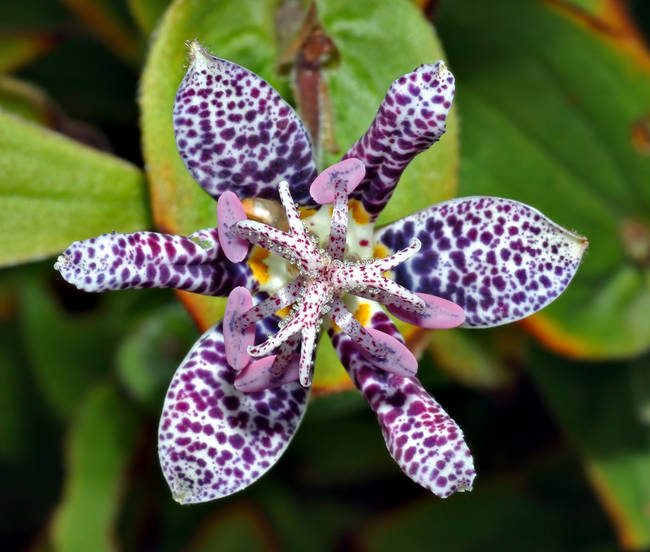 share
share
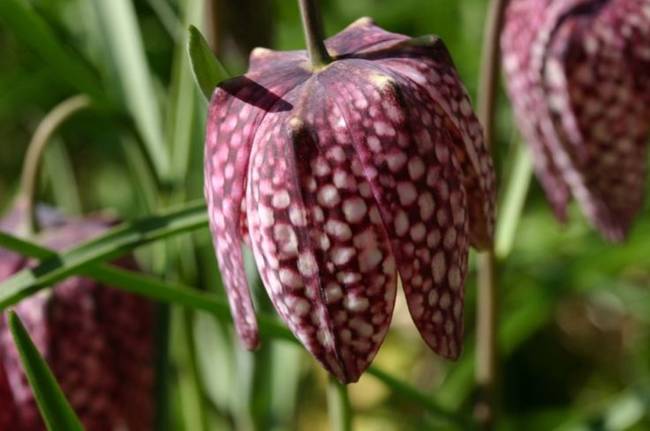 share
share
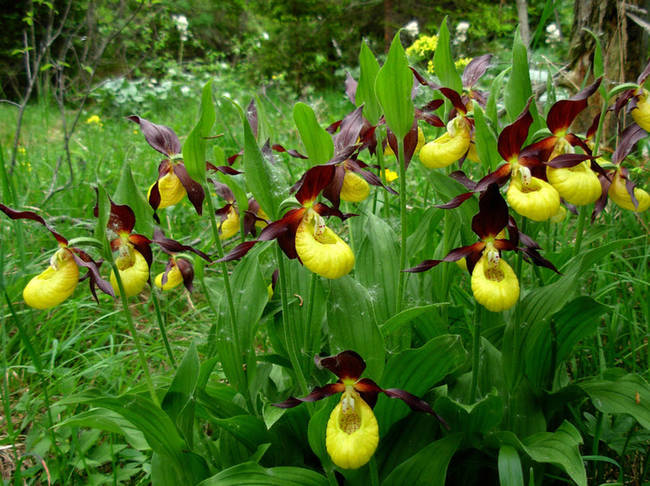 share
share
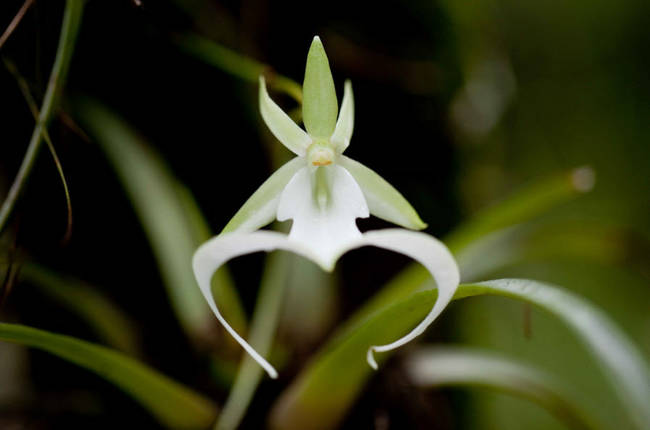 share
share
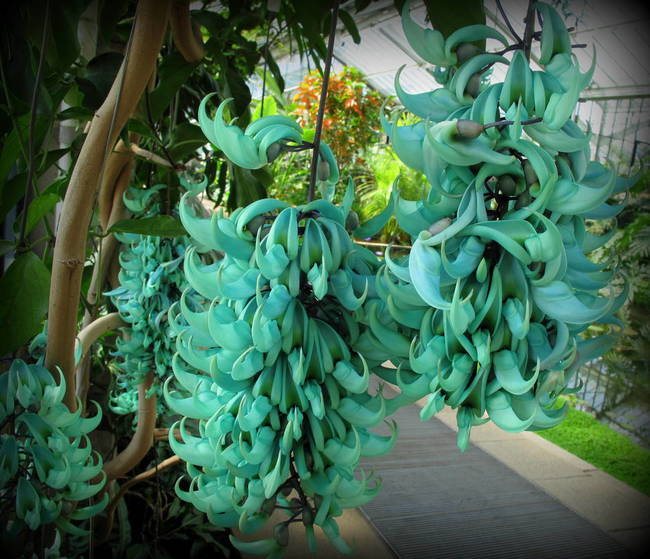 share
share
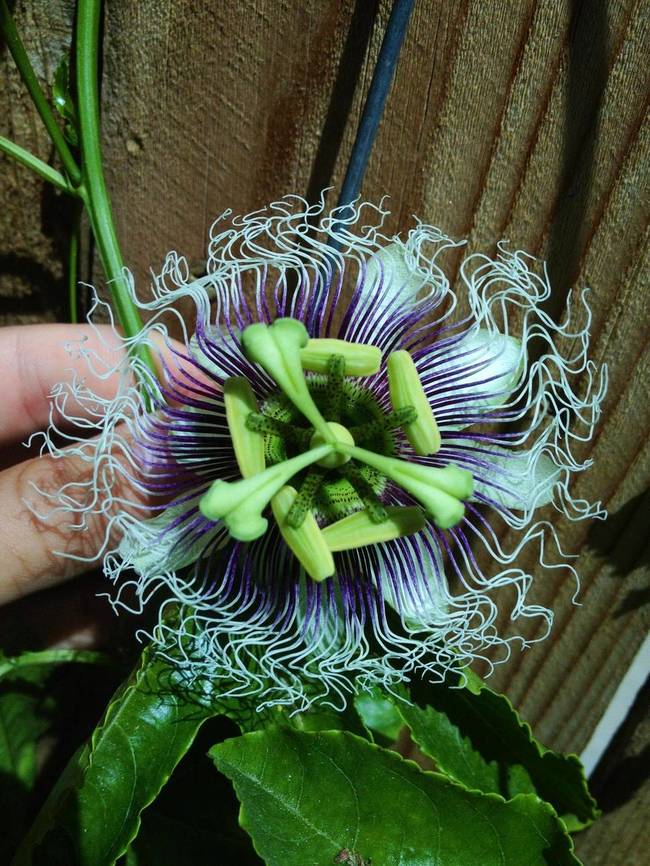 share
share
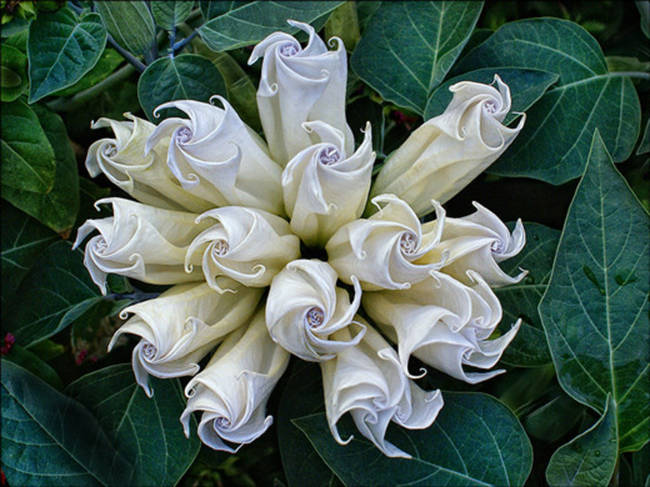 share
share
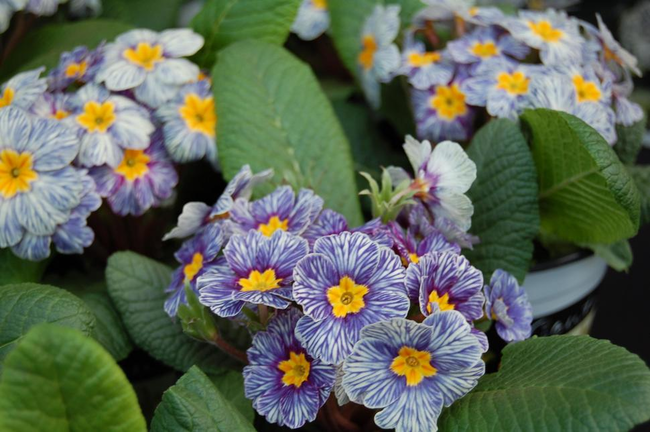 share
share
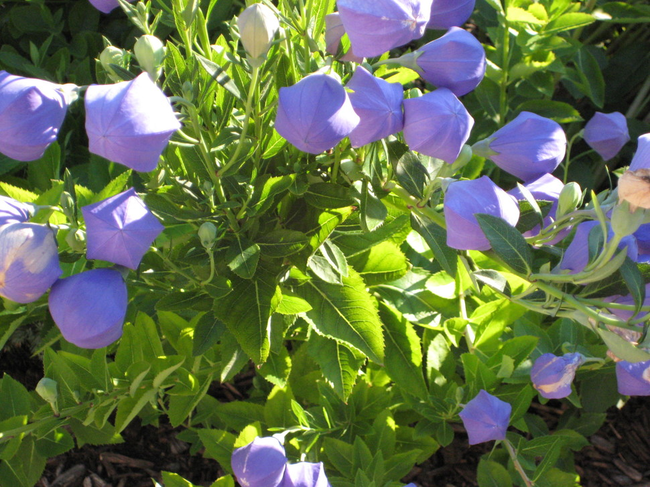 share
share
 share
share
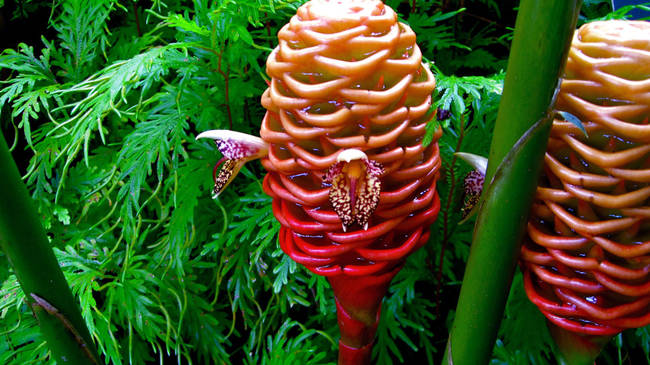 share
share
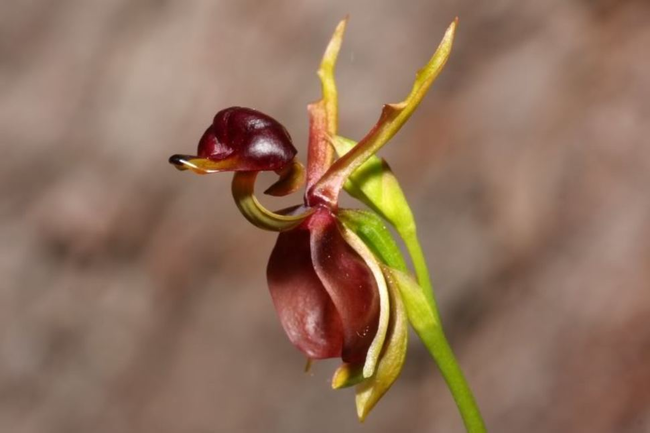 share
share
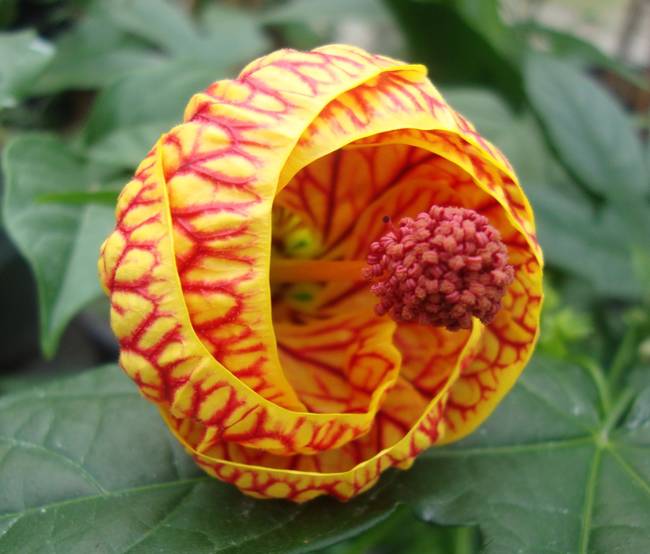 share
share
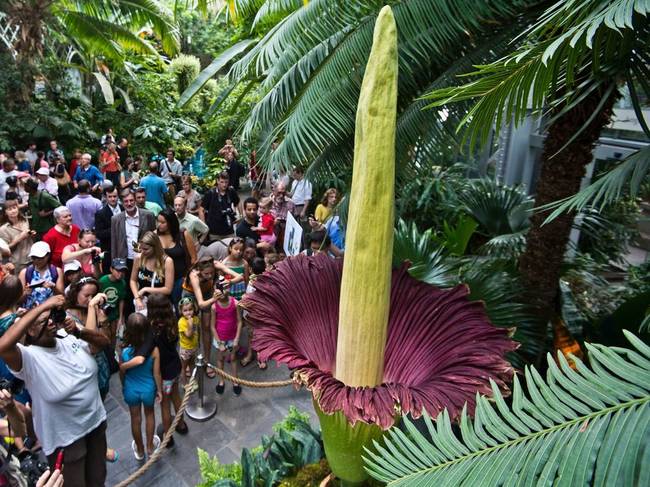 share
share
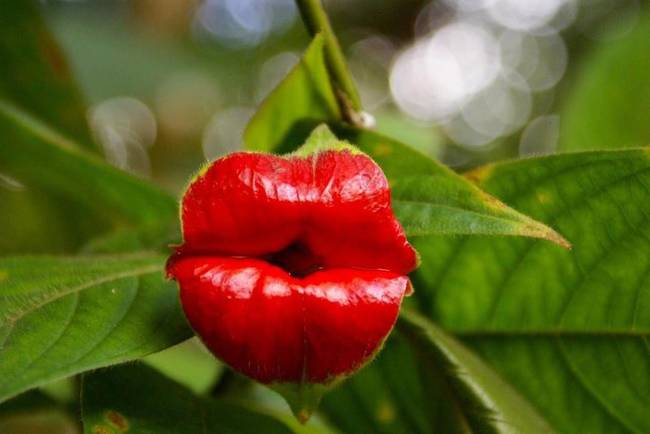 share
share
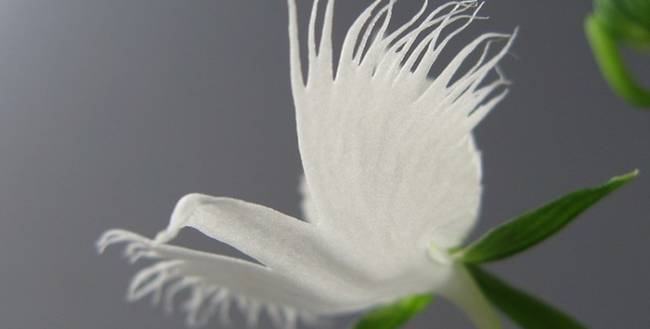 share
share
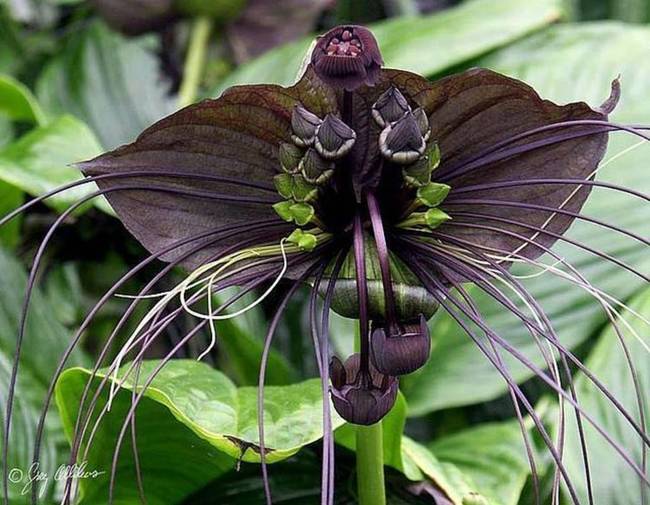 share
share
 share
share
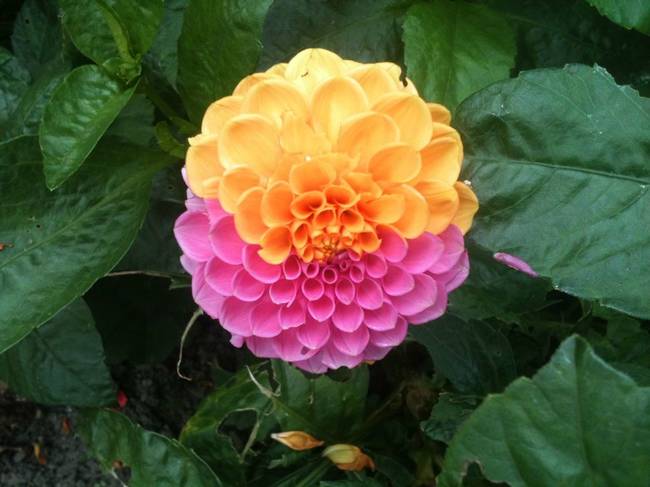 share
share
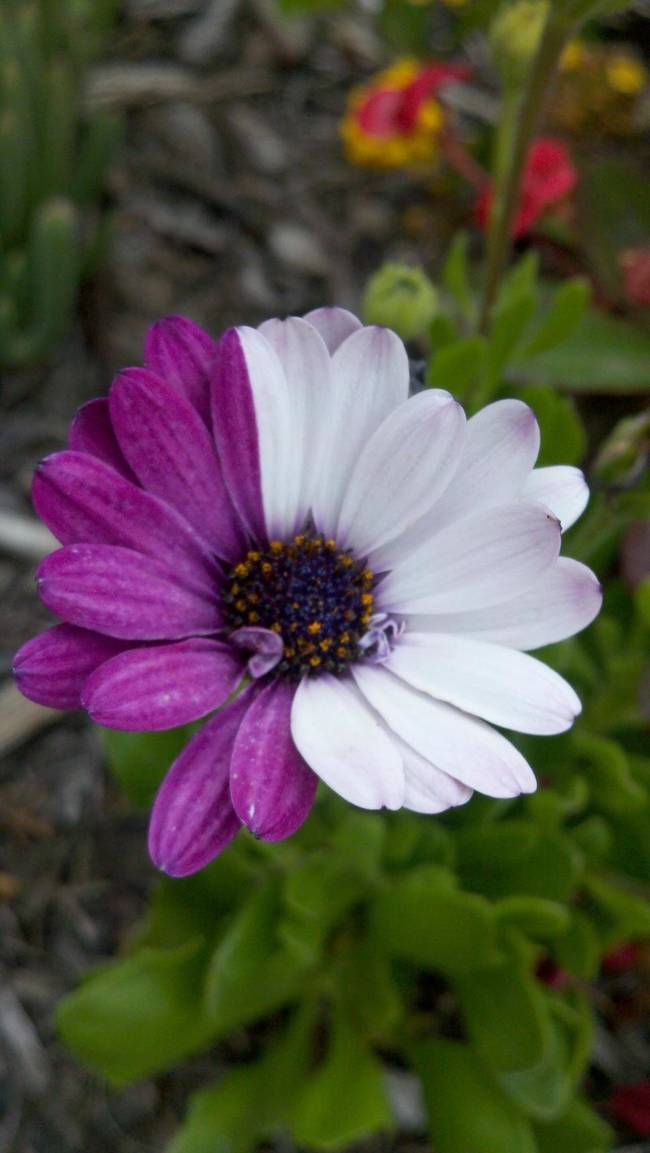 share
share
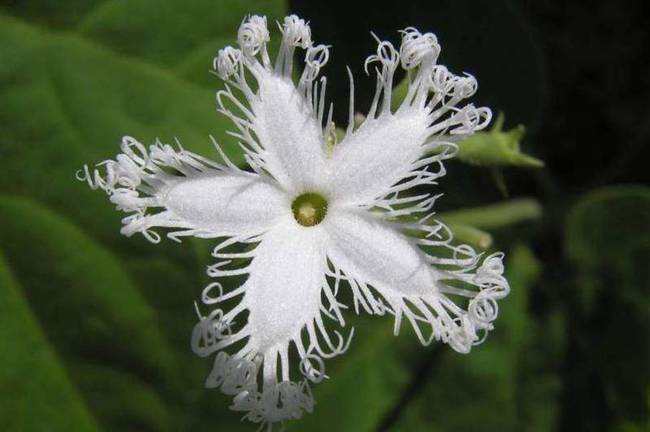 share
share
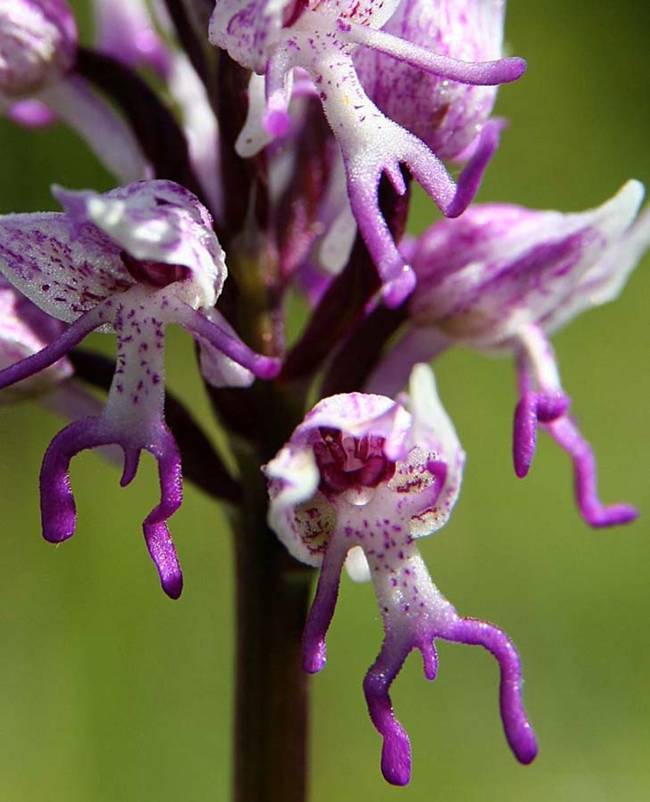 share
share
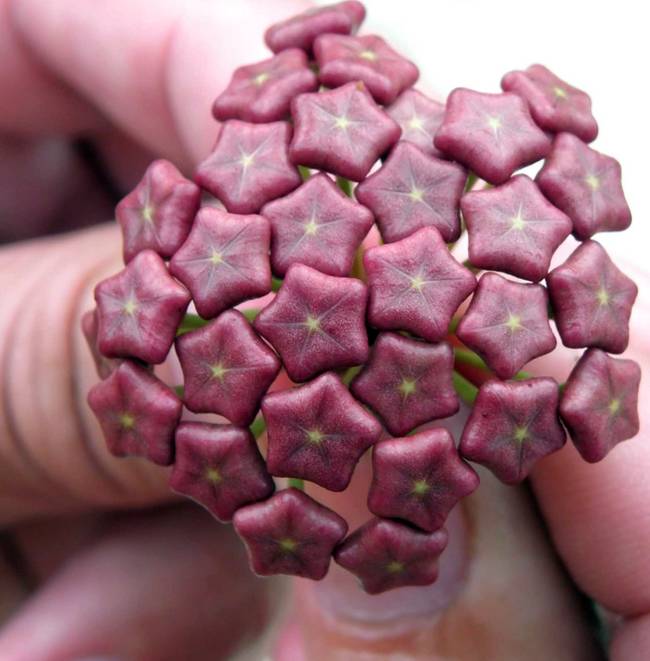 share
share
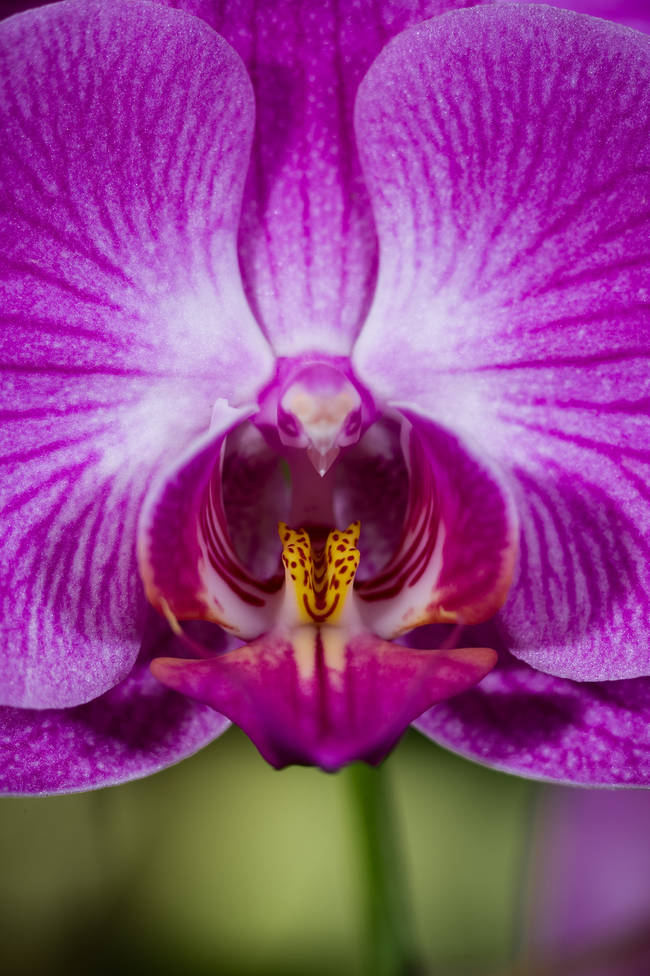 share
share
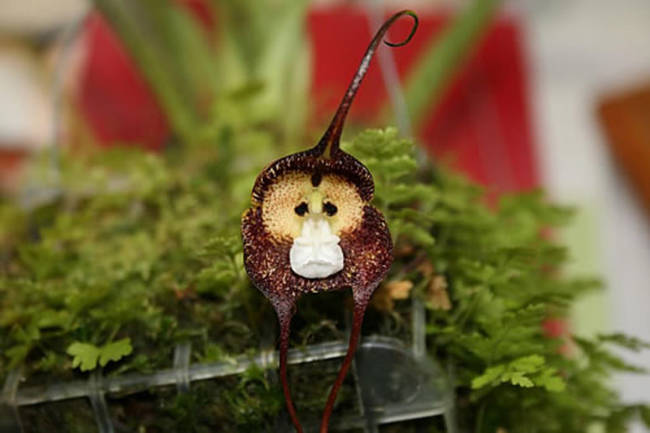 share
share
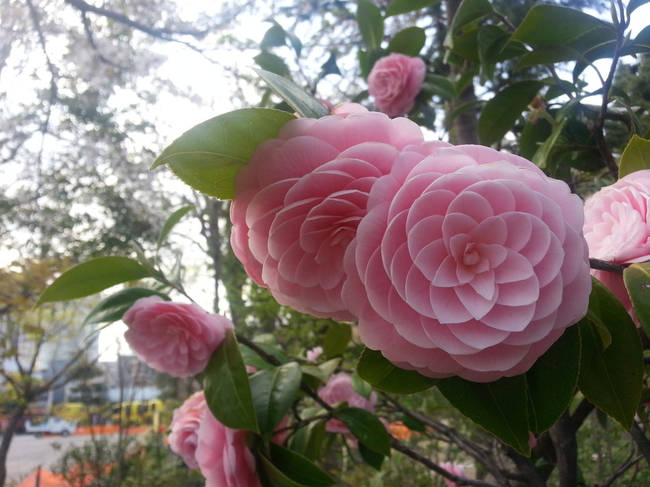 share
share
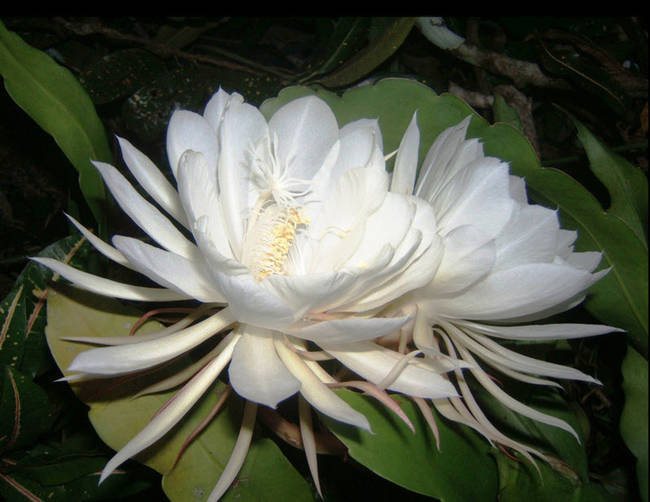 share
share
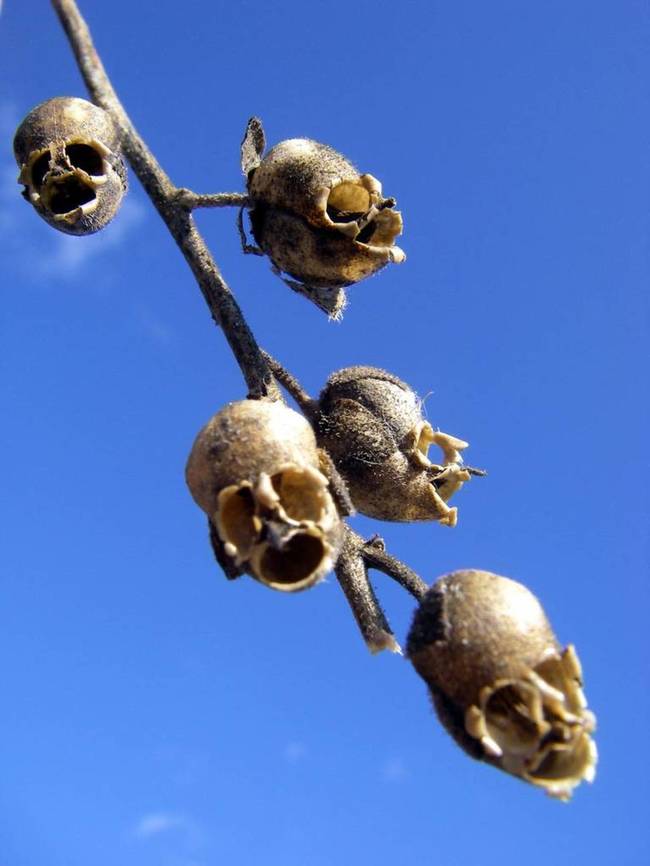 share
share



